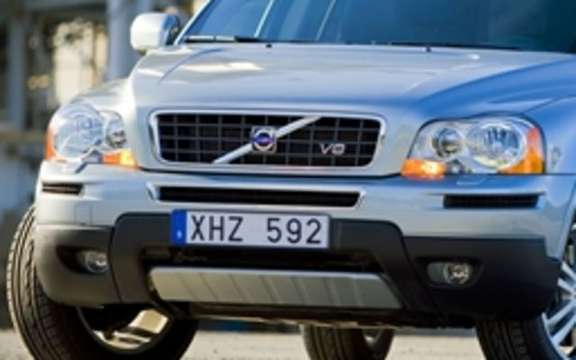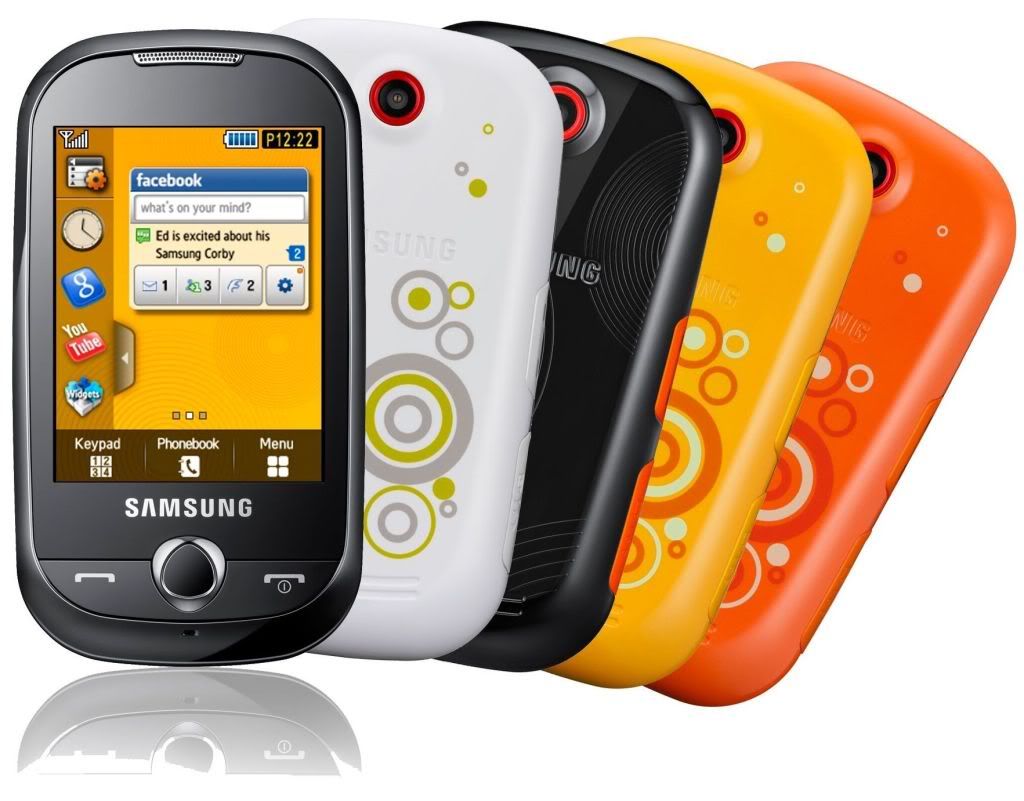Volvo innovation could save more than 100,000 lives each year
Simple actions can save a life: take the belt in hand, stretch, click! A study conducted by the European Transport Safety Council (ETSC) confirms that when the occupant of a vehicle has his seat belt buckle, its chances of survival in a collision are higher than 50%. Since Nils Bohlin, Volvo engineer, invented it in 1959, the belt has three anchor points remains the world's largest automotive security system. Yet even more lives could be saved if more people used the seatbelt.
"The belt has three anchor points is unique in that it improves the safety for all occupants in all types of accidents kinds, whether in the front or rear seats, precise Hans Nyth, Security center manager at Volvo Car Corporation. We often talk about the protective role of the belt in frontal crashes, but it also prevents the vehicle occupants from being ejected therefrom rollover, for example. "
It is the ability only the seat belt to keep the occupant in the seat that is crucial. The American Prevention Institute has discovered that 75% of people ejected from a vehicle during a collision are killed. For its part, argues that the ETSC seatbelt reduces by about 50% the risk of serious injuries and deaths caused by collisions.
The most effective way to save lives
It is impossible to calculate with precision the number of lives that the belt has three anchor points has saved since the 1960s (nobody ever compiles statistics on a global scale about the road safety) but it is estimated that this number is slightly higher than a million. And Volvo Cars, an estimated much higher number of people has escaped serious injury thanks to the seatbelt.
In Europe, it is estimated that seat belts reduced each year by 40% the number of deaths on the roads. It is estimated that in 2005, within the EU, 11,700 drivers have survived a car accident because they tie their belt. In Germany alone, the figure is 2,000. ETSC believes that if these drivers do not have their belt loop, the number of deaths in Germany this year it would be double.
The corresponding estimates of the National Highway Traffic Safety Administration (NHTSA) show that in 2005, the use of seat belts has saved 15,200 lives in the United States and saved the company $ 50 billion (U.S. ) in associated costs.
Potential remains considerable
The use of seat belts differs greatly according to regions of the world. For example, on the island of Sakhalin, Russia, only 3.8% of motorists buckle up. The highest rate of use was observed in countries where the average income is high, for example in France, Germany, Sweden, Australia and Canada. In these countries-the Global Road Safety Partnership (GRSP) notes that between 90 and 99% of occupants in front and 80 seats to 89 seats rear occupants buckle up.
The belt use rates have always been low in the United States, because of differences in matters of legislation, but according to the NHTSA, the country has reached a new record in 2008, with an average of 83% of passengers before using the seat belt.
In 2004, the Society of Motor Manufacturers and Traders announced that 620 million vehicles were registered in the world, with about 270 million in Europe and 202 million in the United States. WWF estimates that by the end of 2008, this figure will be around 800 million, and that this increase is due mainly to countries other than the European countries and the United States. The World Health Organization supports these observations by stating that in 2008 the number of deaths caused by road accidents worldwide is expected to reach a staggering 1.2 million people.
Hans Nyth precise: "The main problem in many countries or run a large number of vehicles is that too many people still decide not fasten their seat belts. The belt is by far the most important to save lives during accidents nowadays element. "
In the United States, NHTSA estimates that each percentage point increase in belt use would save 270 lives a year. In Europe, studies conducted by the GSRP reveal that 7,000 more lives could be saved if the seat belt usage rate was the same in all member countries of the EU.
Thus, in industrialized countries, the use of seat belts represents an incredible opportunity yet untapped save lives. And this possibility is even greater in some Asian, South American and African countries, or the number of vehicles is increasing very rapidly. If the seat belt use in these countries was similar to that observed in Europe, tens of thousands of lives could be saved, which would save more than 100 000 lives per year worldwide.
Must try harder
Since the 1960s, Volvo Cars is trying to encourage more people to use the seatbelt. For example, Nils Bohlin conducts a tour at the launch in the United States belt has three anchor points, to convince Americans of the benefits it had.
In recent years, Volvo Cars has participated in awareness campaigns, while ensuring a continuously that the seat belt is more effective and more convenient to use. Despite this, public authorities and private enterprises must continue their efforts to encourage more people in the world use the seatbelt.
How to increase the use of seat belts
The most practical design has belt use and the introduction of reminders intended passengers have proven effective methods. That said, the laws, fines, campaigns and inspections are the main factors encouraging more people to fasten their seatbelts. Mandatory seat belt use is probably the measure that most effectively save lives on the roads.
It was in the 1960s that began to pass laws requiring that all vehicles are equipped with seat belts. By cons, it was not until 1971 that the first laws requiring seat belt use are inflows into force. The State of Victoria, Australia, was the first to act, and deaths related to road accidents have decreased by 18% the first year.
Despite the excellent results obtained, it took another few years before the majority of European countries followed suit, the United States have joined the movement during the years that followed. No law still requires the use of seat belts in rear seats in many countries, which has a negative impact on seat belt use in general and the protection of passengers in back.
Observed even when the progress. In 2003-2004, Costa Rica has succeeded in coordinating the laws, the public awareness campaigns and inspections relating to seatbelt. During the years of the campaign, the belt use rate in this country is from 24 to 82%. In South Korea, the campaigns have a seatbelt, supervised by the GSRP and conducted jointly with police intervention on a national scale and a strong increase in fines have increased considerably the use of the belt by drivers - that is from 23% to 98% in less than a year.
Some myths exist about the belt
Despite numerous campaigns, perceptions and prejudices about the belt remain: some believe it can be dangerous to be "home" if we found the head down, the belt will damage the clothes she is uncomfortable, the air bag offers sufficient protection, etc.. However, whatever the objections of each other, the golden rule is: it is always better - for all and any speed - to buckle that do not (even if the clothes wrinkle slightly).
The seatbelt is also vital in collisions at low speed in town - they are also the most frequent. At low speed, the impact forces are higher than we think. Collide a 50 km / hour is equivalent to falling from the third floor of a building. A person can not by itself protect against an impact that a speed not exceeding 7 km / h. It is for this reason that the Swedish National Society for Road Safety says that the seat belt should be used at all times. The air bag is an excellent complement, but it is precisely this role that it plays - a complementary role. It can in no way replace the seat belt.
How should position the belt
For optimum security, it is essential that the belt is positioned correctly. The strap must lie across the chest, as close as possible neck. This creates an appropriate angle, so that the shoulder and neck are the parts of the body will absorb more impact force. The lower strap should be positioned across the hips to the thighs, rather than through the stomach. Must pull the belt firmly after being buckled. It will be more close to the body, the better it will protect. The belt should not be twisted or damaged.
Pregnant women should also wear their seat belts, even during the last weeks of pregnancy. The belt should be placed firmly against the shoulder, and the diagonal section between the breasts and the side of the belly. Section passing through the hips should be flat on the side of the thigh, the lowest possible under the belly - you should never let it slide upwards.
When a child is sitting on a booster cushion or child seat is used and the belt has three anchor points, we must apply the same geometry as an adult. If the belt passes near the neck, this poses no problem. What should absolutely not do is place the belt under the child's arm, as it may cause serious injury.
External sources cited in this news release:
European Transport Safety Council (ETSC), "Increasing seat belt use" (How to increase the use of seat belts), 2007
http://www.preventioninstitute.org/traffic_seatbelt.html
National Center for Statistics and Analysis (NHTSA), information on road safety 2007
Global Road Safety Partnership (GRSP Global Partnership for Road Safety)
Society of Motor Manufacturers and Traders, 2004
World Wide Fund for Nature (WWF)
World Health Organization (WHO)
The Swedish National Society for Road Safety (NTF)
Website for the media: www.media.volvocars.com / ca






